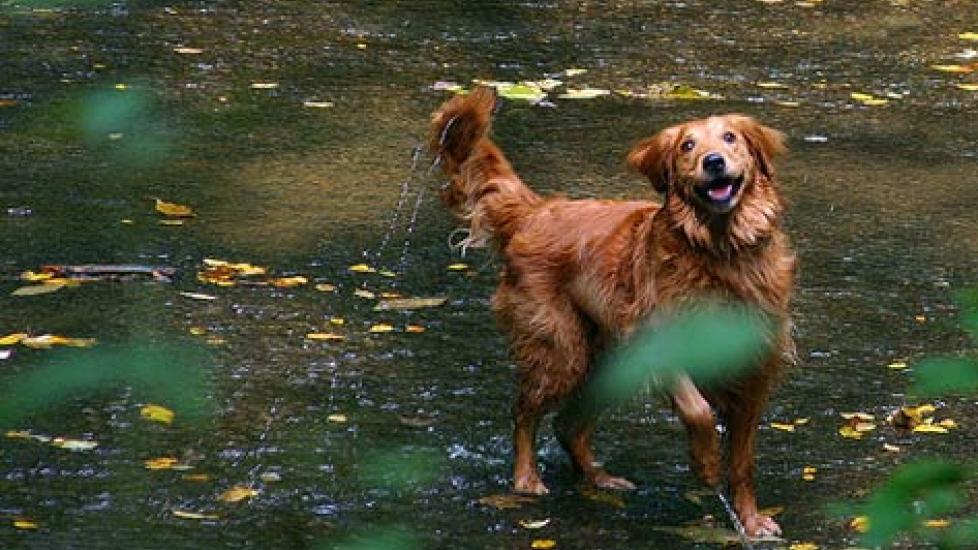Keeping Dogs Fit in the Country
Living in the country has its benefits; at the top of the list for us is all the open space in which to run around. Life just feels, well, healthier and good health easier to maintain in the country. At the same time, we recognize that this very same benefit can be a drawback when it comes to keeping track of our pets. So if you live in the countryside, how do you keep an eye on your dog while allowing her to run to her heart’s content? Here are a few of our favorite options.
Walking and Hiking
If you are fortunate to be living on a large piece of land, you already know that you can pretty much just let your dog run freely. Ideally, you have neighbors whose properties buffer yours, so that you don’t have to worry about your dog running into trouble. However, you will need to take precautions if your property abuts a road.
If you do not want to put physical, above ground fences around the perimeter of your land, you might want to look into getting invisible (underground) fencing. If your dog is the type that can be trained to stay within boundaries and come when called, you may not need to take extra precautions. But some breeds are more difficult to contain than others, so this is something that should be considered. If, on the other hand, your dog is the more active and distractible type that cannot be allowed to run freely, you can make a daily habit or walking the full perimeter of your property with your leashed dog.
Living near a state or national park brings an exceptional added benefit to country living, since often there will be amenities such as paths for running, hiking and camping in or near the park grounds. Outfitted properly with booties and warm outer clothing (if your dog is not heavily coated), your dog can even join you for cross-country skiing or snowshoeing.
Rivers, Lakes and Creeks – Oh, My!
Many dogs love water and will jump into any body of water if their owners give them the opportunity. If your dog is a swimming breed, perfect! You can just hike down to your local swimming hole and go to town, as it were. If your dog is the type that sinks -- bulldogs, greyhounds and basset hounds, for instance -- you will need to outfit him in a lifejacket before even getting near water. Playing a good game of fetch, with a ball or a floating stick, is the perfect summertime exercise, either way. Just be sure to keep a close eye on your dog, whether he is wearing a life jacket or not, and don’t let him go too far out on his own.
Two of the main precautions to keep in mind before swimming: (1) it’s a good idea to know how to perform CPR and Artificial Respiration, just in case you do need to help your dog in an emergency; and (2) familiarize yourself with the types of parasites you may be coming into contact with -- both in the water and out of the water -- and seek veterinary care if your dog behaves unusually after an outing.
Exercising With Your Working Dog
Dogs that live in the country, much like people who live in the country, often spend a good part of their day working the land. Of course country dogs are a part of the family as much as suburban dogs are, but they also tend to do a fair amount of herding, guarding, retrieving, hunting, pulling and carrying. For these animals, exercise is part and parcel of daily life, so they don’t necessarily need to have time set aside for exercise. If your dog fits this bill, including fun activities like running through the woods once or twice a week will be a great way to unwind from the usual work-a-day and enjoy some one-on-one time with you.
Image: Andrew Morrell / via Flickr
